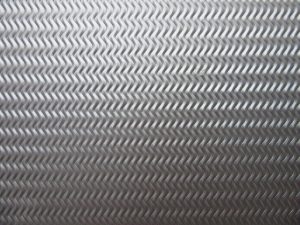
Consisting of common metals or alloys — steel, copper, nickel, tin, titanium, etc. — sheet metal is both harder and stronger than wood. As a result, it requires the use of special screws. You typically can’t drive a conventional screw into sheet metal. Thankfully, there are special types of screws designed for sheet metal. Known as sheet metal screws, they are used by construction and manufacturing companies to fasten sheet metal.
Overview of Sheet Metal Screws
A sheet metal screw is a special type of fastener that’s designed for use with sheet metal. Sheet metal screws are characterized by the presence of exterior threading covering their entire shank. If you look at the shank of a conventional screw, you’ll notice that it’s only partially covered with exterior threading. The exterior threading doesn’t begin until part of the way up the screw’s shank. Sheet metal screws are distinguished from other screws by featuring a shank that’s completely covered with external threading.
How Sheet Metal Screws
Sheet metal screws work by digging into sheet metal with their fully threaded shank. It’s difficult — or impossible in some cases — to drive a conventional screw into sheet metal. As previously mentioned, only part of their shank is covered with external threading. When attempting to drive a conventional screw into sheet metal, the partially covered shank will prevent it from entering.
Sheet metal screws solve this problem by featuring a shank that’s completely covered with external threading. They don’t get “hung up” at the point of entry like standard screws. Their threaded shank will initially dig into sheet metal, allowing for fast and easy installation.
Standard vs Self-Tapping Sheet Metal Screws
There are both standard, as well as self-tapping, sheet metal screws. With the former, you’ll have to drill a pilot hole into the sheet metal before installing the screw. With the latter, you don’t have to drill a pilot hole prior to installation. Self-tapping sheet metal screws can be driven into sheet metal without the use of a pilot hole.
You can tell the difference between standard and self-tapping sheet metal screws by looking at their respective tips. Self-tapping screws have a sharp tip that comes to a complete point. In comparison, standard sheet metal screws have a blunt tip. The sharp tip of self-tapping screws allows them to create their own pilot or entry hole in sheet metal. Therefore, many companies prefer self-tapping sheet metal screws for fastening applications involving sheet metal.
